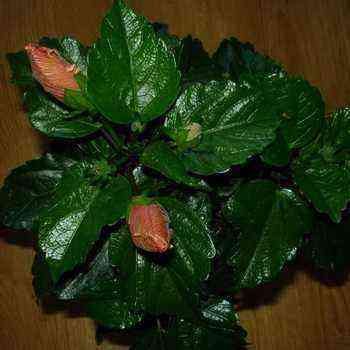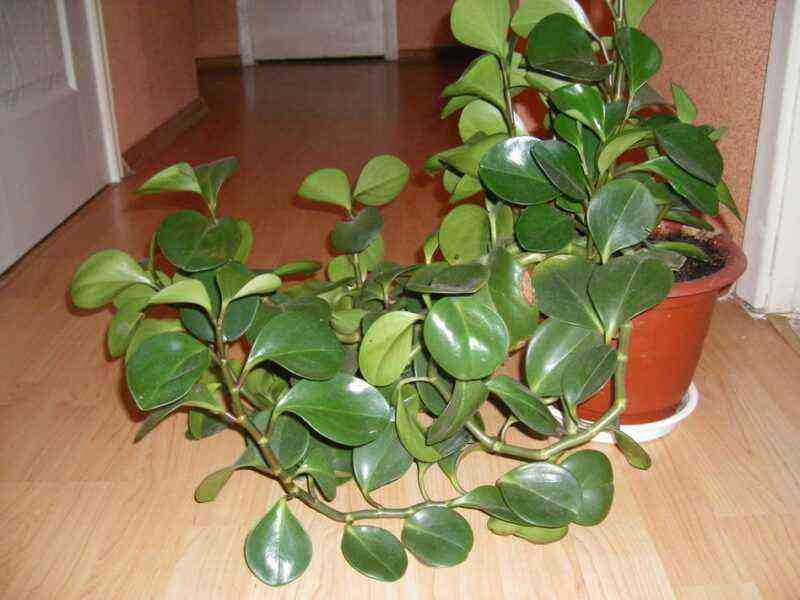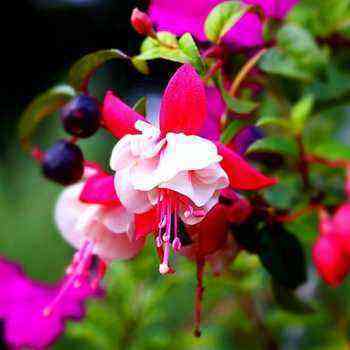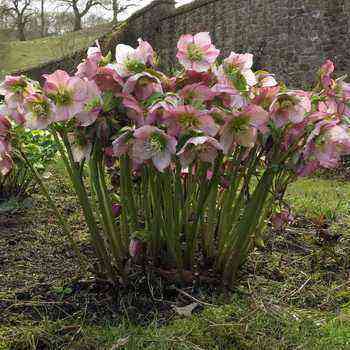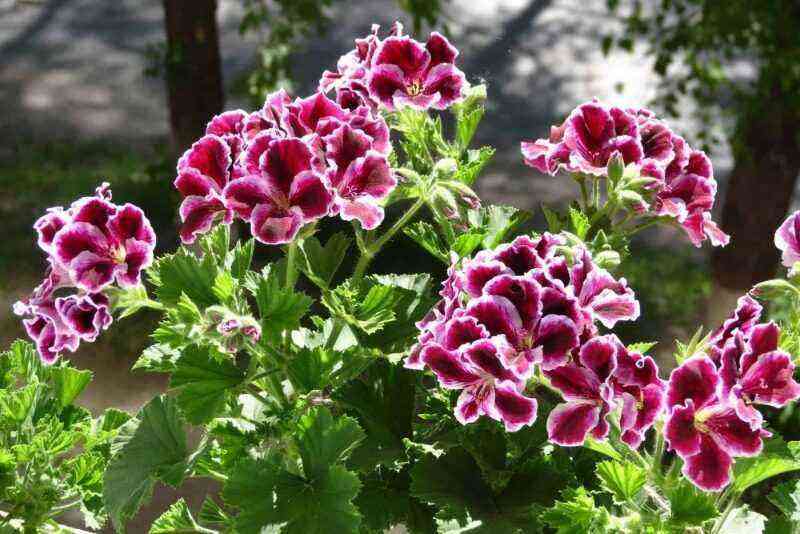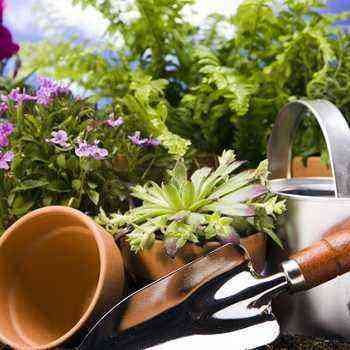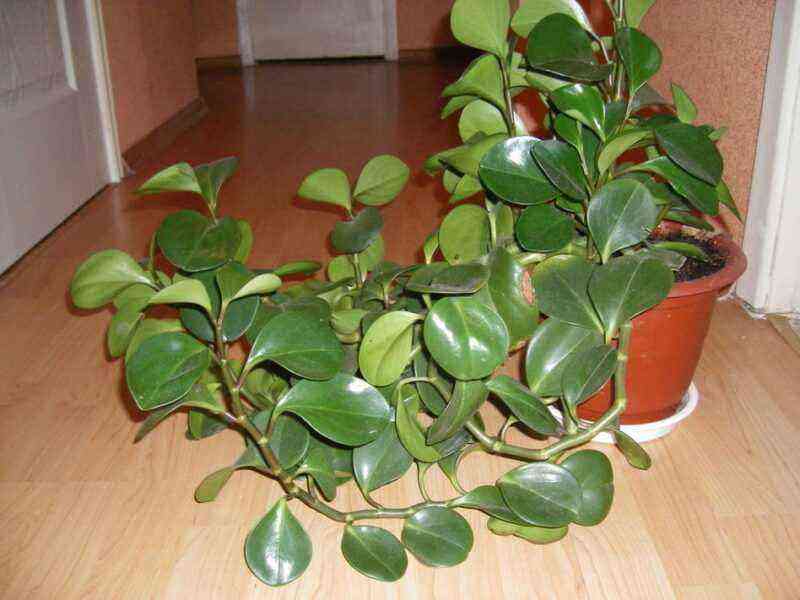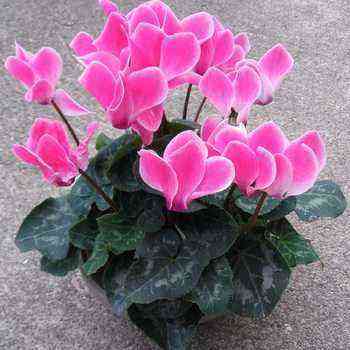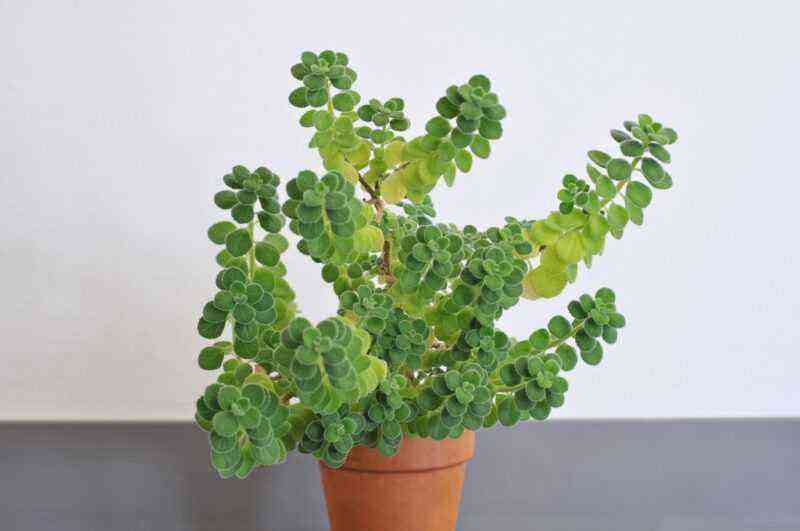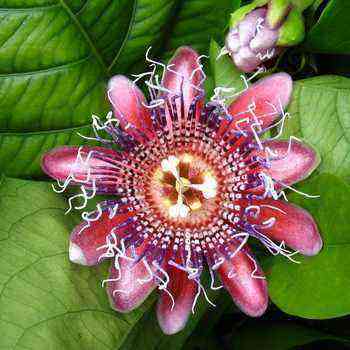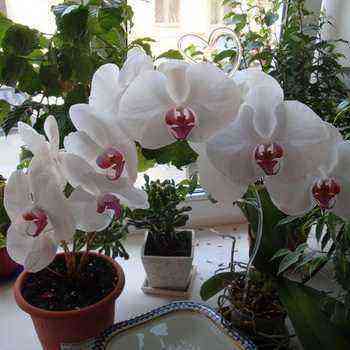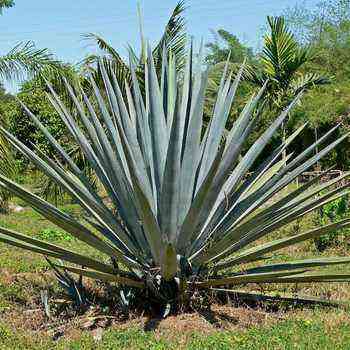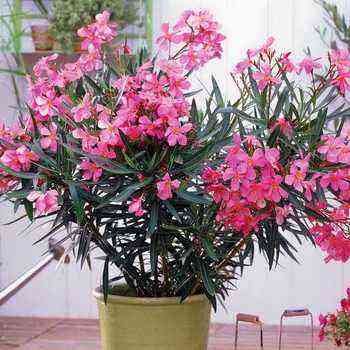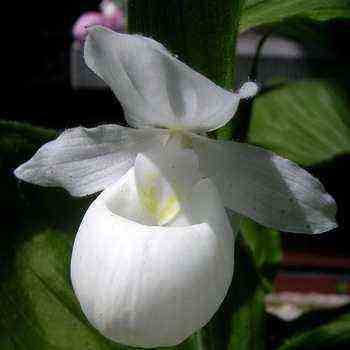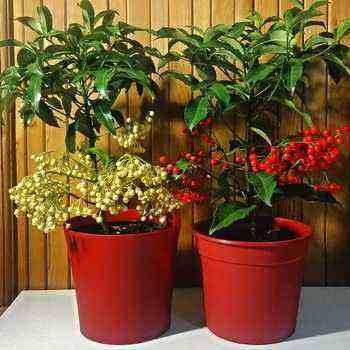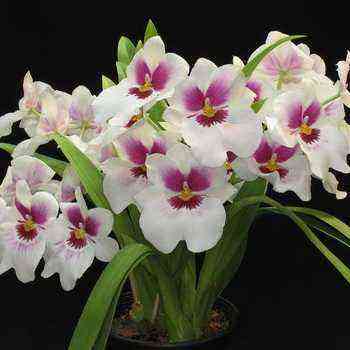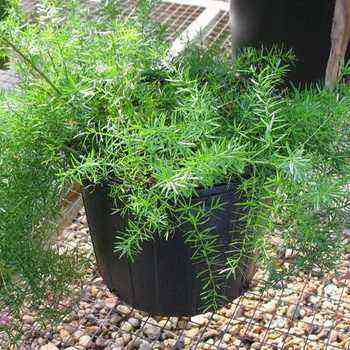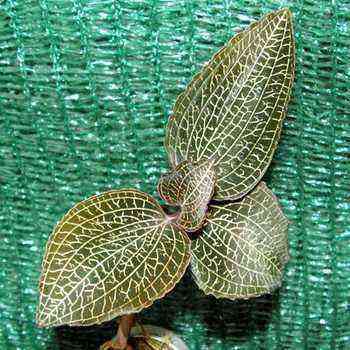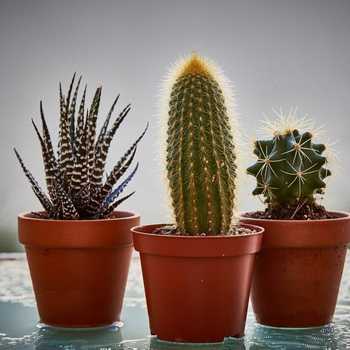 When keeping ornamental plants in greenhouses, it is important to take into account many factors; without this, crops will cease to develop actively and, in the end, will be doomed to certain death. The conditions for successfully growing plants at home are not only knowledge of care technology with effective techniques, but also favorable environmental factors, as well as correctly selected substrates and containers.
When keeping ornamental plants in greenhouses, it is important to take into account many factors; without this, crops will cease to develop actively and, in the end, will be doomed to certain death. The conditions for successfully growing plants at home are not only knowledge of care technology with effective techniques, but also favorable environmental factors, as well as correctly selected substrates and containers.
Terms
Before introducing a plant into the interior, it is necessary to study the lighting conditions, temperature conditions, assess the level of relative humidity and other parameters of the microclimate.
Light is the main limiting factor in plant life. Illumination conditions depend on the orientation of the windows to the cardinal points, the size of the window openings, the degree of shading by trees, buildings located outside, and wall protrusions. The illumination in the room is also determined by the distance from the window. On the windowsill, it is on average 50% of the outside, at a distance of 0,5 m – 30%, at a distance of 1 m – 18%, 1,5 m – 11%, 2,0 m – 7%. In the autumn and winter months, the illumination of the premises is always insufficient. In mid-latitudes, sunlight meets the needs of most plants from March 15 to September 15. With a lack of light, additional lighting is carried out, especially in winter gardens, greenhouses, indoor greenhouses, or an appropriate range is selected.
In relation to the intensity of light, ornamental plants of open ground can be conditionally divided into four groups: very light-loving, moderately light-loving, shade-tolerant, indifferent. Light-loving plants develop normally and bloom at a light intensity of 1000-2000 lux, in conditions of southern, southeastern and southwestern windows. These include cacti (other than forest ones), most succulents, and many amaryllids. Most beautiful-flowering species also require bright light, without which they can develop normally, but do not bloom. A beautiful flower (hippeastrum, pelargonium, hoya) almost always signals the need for intense lighting, but some species suffer from excess sun (maidenhair, saintpaulia). In well-lit rooms with an illumination intensity of 1000 lux or more, many species grow and develop normally. The east and northeast windows present a wide variety of plants. Shade-tolerant plants are mainly decorative leafy plants. Orchids, ferns, most members of the aroid family grow well on the northwestern and northern windows. Western windows are good for plants from autumn to spring, and in summer they have overheating problems. Few species are suitable for rooms with any lighting: aspidistra, asparagus, sansevier, some ficuses.
The more chlorophyll the leaves contain, the less light they typically need to achieve maximum photosynthesis. Therefore, plants with dark green leaves, as a rule, are shade-tolerant (hemantus), and light-loving plants (pelargonium). Variegated forms are especially demanding on light, which, with a lack of light, can lose this feature.
The reaction of plants to the ratio of the duration of daylight to dark time of the day is called photoperiodism. It manifests itself in long-day and short-day plants by changing the nature of growth and flowering.
Greenhouse plants, due to their tropical or subtropical origin, are mainly short-day and neutral-day plants. Of particular value are short-day blooming species in winter: euphorbia brilliant, eucharis, Schlumberger.
The temperature regime in special protected ground structures is automatically regulated. In residential and office premises, this factor entirely depends on the operation of the central heating system during the heating season and the orientation of the windows to a particular side of the world. Summer temperatures are usually quite suitable for most species. An exception may be western and southern windows.
When assessing the suitability of a particular type for a particular room, the first step is to determine the temperature of the winter content. According to this criterion, it is customary to divide all the pot plants into two groups: for cool and for warm rooms. The first includes asparagus, pelargonium, cyclamen – plants of the subtropics that tolerate a drop in temperature to 10-12 ° C. The second group includes tropical plants: scipapsus, saintpaulia, sheffler, which react negatively to indoor temperatures below 18 ° C. An unfavorable factor is the hypothermia of the substrate in containers where plants are kept. It is advisable to avoid this by using foam stands, moistened expanded clay, a special heating cable. Ideally, the soil temperature should be 2-3 ° C higher than the ambient temperature. When placing plants, it must be remembered that the temperature varies at different points in the room. At the entrance doors and windows, it is 3-4 ° C lower than the average, at the heating radiator – the same amount higher.
Water is a prerequisite for plant life, and watering is one of the main methods of plant care. The need for water depends primarily on the type of plant. In relation to soil moisture, four groups of plants are distinguished: hydrophytes, hygrophytes, mesophytes and xerophytes. Hydrophytes consume a lot of water, they literally “drink” it, like indoor cyperus. Hygrophytes are moisture-loving and tolerate excess moisture well. These are aspidistra, balsam, scindapsus. The overwhelming majority of protected ground plants are mesophytes. They have an average need for water, which can range from very moderate (pelargonium, sansevier) to very significant (coleus, tradescantia). Xerophytes require very little water, they are typical dry lovers (agave, cacti, fat woman). For some types, the specificity of water consumption is very individual. For example, elastica ficus is picky about watering in summer, and in winter it is watered occasionally; and chlorophytum is a moisture-loving plant that can go without watering for a long time at any time of the year, since it accumulates water in the tuberous roots.
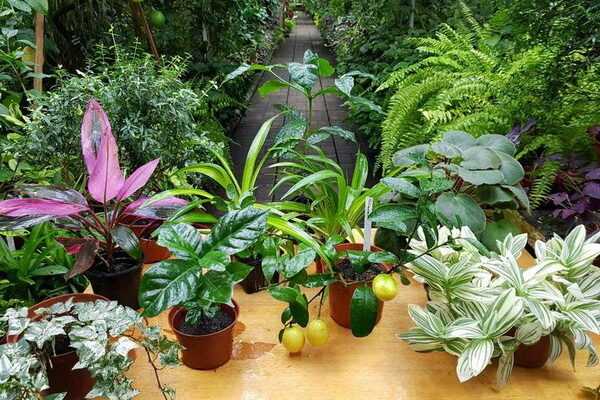
When growing indoor plants indoors, it is important to take into account such a feature as increased sensitivity to relative humidity. In rooms with central heating in winter, it is very low: an average of 20-40% with an optimal 60-70%. Such dry air is not suitable for all plants. Bromeliads, zamieculcas, pelargoniums and all succulents tolerate dry air well. Rooms with dry air are completely unsuitable for begonias, gardenias, camellias. Many plants respond positively to spraying with warm water. These are monstera, philodendron, eucharis and other species with hard glossy leaves. Plants with pubescent leaf blades and succulents cannot be sprayed (Saintpaulia, fatty). Spray the leaves in the morning or evening in the absence of direct sunlight. It is very useful to occasionally arrange a wet “bath” for plants or wash them under a warm shower. Unfortunately, spraying is time consuming. Therefore, the best way to regulate air humidity is to install an automatic humidifier. It should be noted that in large flower arrangements in groups, due to transpiration, the air humidity rises, and the plants feel much better than alone. The best water for irrigation is settled tap water. For some plants (citrus, camellia, gardenia), it is useful to acidify it to neutralize excess hardness with 5% citric or acetic acid in a dose of 1 ml of solution per 1 liter of water. The temperature of the irrigation water should be 2-4 ° C higher than the air and soil temperature. When watering, the water should not erode the earthen lump, but it is necessary to completely saturate it until drops appear in the drainage hole. Both frequent poor watering and overdrying of the substrate are harmful. Water is less available from peat substrates than from standard soil mixtures, therefore, in the first case, watering should be carried out more often and carefully monitor the state of the plants. In general, it is better to underfill than overflow when watering.
Substrate
Before you start growing indoor plants at home, you need to properly prepare the substrate. Soil or soilless mixes must have optimal physical and chemical properties. Therefore, for their preparation, various components are mixed.
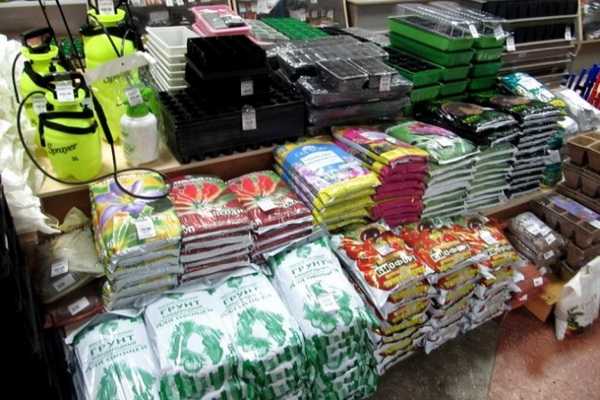
The most accessible substrate at any time of the year for growing plants in various containers are ready-made mixtures based on peat with the addition of chemical ameliorants – deoxidizers (chalk, dolomite flour) and mineral fertilizers. They are sold under different names, but differ little in composition. For some plants, for example from the Gesneriaceae and Bilbergiaceae families, this is a perfectly suitable option. In other cases, supplements of vegetable or garden soil are required.
Garden (garden) soil of medium granulometric composition (light loam) is suitable for many unpretentious crops, such as aspidistra, palms, and aroda. A small addition (10-15% by volume) of peat makes it even better. It is distinguished by sufficient fertility, but it can contain pests, be a source of infection, i.e. creates phytosanitary problems. Its pH is 5-6, density – 1,2-1,4 g / cm, moisture capacity is average.
Leafy soil, otherwise leafy soil, is light, nutritious, loose, good both in itself and as an additive to other ingredients. Its acidity is 5,5-6,5, density is 1,0-1,1 g / cm3, moisture capacity is average.
Humus and compost are completely decomposed organic matter (manure, chicken droppings, organic household waste, weeds). These materials decompose and turn into a loose mass in 2-3 years. Compost and humus have excellent physical qualities, contain a sufficient amount of mineral nutrients. The acidity is about 7, the density is 0,8-1,1 g / cm3, and the moisture content is high.
Peat (high-moor, lowland, transitional) is used as a universal baking powder. For the mixture, it is preferable to take high-moor peat. High moor peat is sour (4-4,5), extremely moisture-consuming and low density – 0,6-0,9 g / cm3.
Occasionally, straw, sawdust, and crushed bark after composting are used. There are very few mineral salts in them, they acidify the substrate, are very loose (0,5-0,7 g / cm3) and moisture-absorbing.
Modern components of substrates are vermiculite, perlite, coconut fiber. Vermiculite is a heated and granulated magnesium mica. Perlite – granules, about 1 mm in diameter, obtained from volcanic micas after heating and grinding, crumble when squeezed. Vermiculite and perlite are inert loosening materials.
River or lake sand loosens substrates, but due to its high thermal conductivity, it is a “cold” material, and in addition, it is difficult to obtain. Coconut fiber retains water well and loosens soil mixtures, but quickly accumulates mineral salts, which is harmful to plants. In industrial floriculture, mineral wool and zeolites are also used.
Thus, for plants, soil mixtures from sod land with the addition of peat or humus in different ratios are best suited, taking into account the required density. A light mixture is soil and peat in a ratio of 1: 1, medium – 2: 1, heavy – 3: 0,5. A mixture of turf soil with humus and peat in a ratio of 3: 2: 1 is a universal soil for most plants. When preparing it, 1-60 g of superphosphate (70 tablespoons) and 2 g of crushed chalk (100 cups) are added to 0,5 bucket.
For some plants grown in indoor conditions, coniferous litter, chopped sphagnum, crushed charcoal or activated charcoal (Saintpaulias and other Gesneriaceae) can be added to the mixture. Mineral fertilizers and lime materials should be available everywhere.
When using landless substrates: perlite, vermiculite, expanded clay and straw, plants must regularly receive macro- and microelements with irrigation water, which requires special installations, high-tech equipment, engineering support and chemical control.
Containers
Before you start growing your plants at home, it is important to prepare the “right” pot. For keeping crops indoors and in greenhouses, special containers made of different materials are used: clay, wood, metal, plastic.
Clay is a durable decorative material. The water evaporates through the side walls, the soil in the pots is not supercooled. Glazed clay is stable, very decorative, massive; water, air and thermal conditions create satisfactory. The cost of ceramic containers is high. Plastic containers easily overturn, medium decorative, short-lived, conditions for the development of roots in them are satisfactory. Wooden containers are original, create favorable conditions for the growth of roots, but they are short-lived and expensive. Metal is not very suitable for growing plants, as it quickly heats up and cools down, the price and durability of metal containers are high.
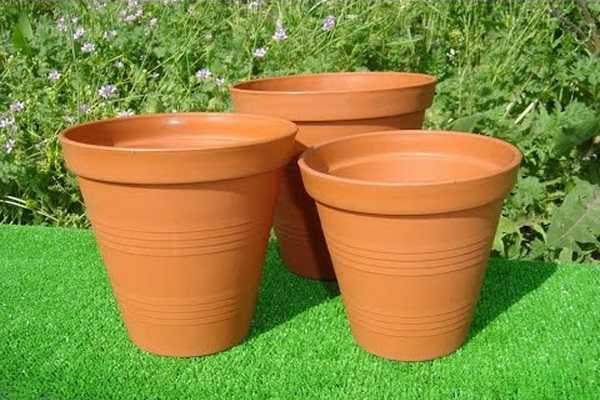
The best container shape is a truncated pyramid or cone. Be sure to have one or more drainage holes in the bottom of the pot. It is preferable to choose a light neutral color: white, cream, gray, terracotta. The volume should correspond to the size of the root system. The most demanded containers are for 0,5-1,5 liters. It is advisable to purchase containers with pallets from the same material.
Care techniques
The technology of growing plants in greenhouses implies regular maintenance. Mandatory care methods include transplanting, watering, loosening the substrate, feeding during the period of active growth, phytosanitary measures to prevent the development of diseases and pests. Additional methods of plant care include keeping the plants clean, spraying, shaping and turning the plants, and partially replacing the topsoil in pots.
For irrigation, settled tap water is used, watering cans or automatic irrigation systems are used. The most economical and high-tech irrigation is a drip irrigation system, through which water or nutrient solution can be supplied to a container, rack, or soil area. The most common system of individual drip irrigation with automated control.
In summer, plants are watered more abundantly than in winter, it is better to do this in the evening. In winter, watering is sharply reduced to 1-2 times a month. Cacti from November to February are not watered at all. The water temperature must not be lower than the ambient temperature. Plants in small containers and on peaty substrates are watered more often than in bulk containers with soil mixtures. The water should completely moisturize the root ball. Excess irrigation water is drained from the pallet 10-15 minutes after watering. Occasionally, but regularly, the top layer 1-2 cm thick is slightly loosened, which reduces evaporation and improves air exchange.
During active growth from March to August, top dressing is recommended. Dry or liquid nutrient mixtures containing the necessary elements of mineral nutrition in an easily digestible form are intended for feeding plants in protected ground. Doses of fertilizers are set according to the instructions, usually 0,5-2,0 g of salt per 1 liter of water. The frequency of feeding is 1-2 times a month. Top dressing is carried out after watering to avoid plasmolysis of cells and dehydration of plants. Top dressing is given in liquid form.
Diseased or damaged plants should not be fed. Top dressing is ineffective, if the plants do not have enough light, the thermal regime is not observed. Plants that are in a state of physiological dormancy are not fed, even if this period begins, like in cyclamen, in the summer.
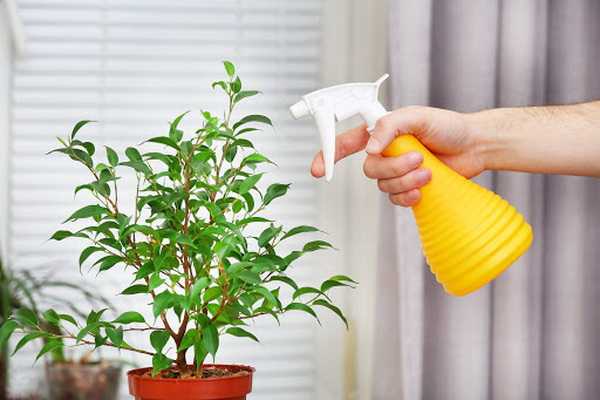
In order for the plants to have an attractive appearance, do not get sick and do not become the prey of pests, they must be clean. From hard smooth leaves, dust is removed with a damp sponge or washed off with water. Dust is removed from pubescent leaves with a stiff brush, blown off, shaken off, since water that gets on fluffy leaves can cause stains on them. From time to time, preferably 2-3 times a year, it is useful for all plants to arrange a warm wash. This technique stimulates growth, partially destroys pests, and enhances general immunity.
Potted plants need regular replanting, since toxic compounds accumulate in a limited volume of the substrate, it becomes denser, salinization occurs, and the physical and chemical properties of the mixtures deteriorate. Young specimens are transplanted annually, adults – every 2-3 years, depending on the species. The signal for transplanting is the complete braiding of the earthy coma with roots, when the container becomes cramped, and the roots come out of the drainage hole.
The best time to transplant plants when growing at home is in spring and early summer. Unpretentious species can be transplanted all year round, conifers are better in summer. The transfer of plants from one pot to another without destroying the earthen coma can be carried out at a time convenient for the grower, but in spring and early summer it is preferable.
For transplanting, it is necessary to prepare the components of the substrate, fertilizers, drainage material, containers, water and a scoop, a peg, a pruner, a knife. The work is performed with gloves, on a specialized table in a cool room without direct sunlight.
The substrate is pre-moistened and mixed thoroughly. It should be smooth and slightly moist. Drainage is placed on the bottom of the pot with a layer of 1-2 cm or more, and for cacti up to half the height (expanded clay, broken brick). The plants are taken out of the old pot along with a lump of earth, holding it with a hand at the base. The old substrate is completely or partially removed. Damaged, dry, rotten and very long roots are cut off. Slices can be sprinkled with crushed charcoal. Strongly overgrown specimens are divided. The plant is lowered strictly to the center of the container and gradually covered with a fresh mixture, slightly compacting it, especially near the walls of the pot. The containers are not filled to the brim, so that there is a 2 cm side for irrigation. It is impossible to fill up the growth point of rosette species and deeply deepen the root collar of shoots of bush specimens. The transplanted plants are watered abundantly. After 15-20 minutes, the water that has seeped through the drainage hole is drained. Contaminated leaves are cleaned from the ground, the plants, if they are not pubescent and do not belong to succulents, are sprayed.
Transplanting temporarily weakens the plants. For better survival, they are placed in a moderately warm, slightly shaded place. They begin to feed the transplanted specimen no earlier than a month later, when active growth begins with a nutrient solution of a reduced concentration.
Complementary grooming techniques are not used for all cultures and at certain times in their lives. Plants are formed by pruning and pinching, sometimes called pinching. Pruning is the removal or shortening of shoots. It is divided into formative, sanitary and anti-aging. Pruning stimulates the awakening of dormant buds, restores balance between the aboveground and underground parts of plants.
Cardinal pruning is carried out in the spring. Shrubs and semi-shrubs need it: hibiscus, pelargonium, fuchsia, etc. Shoots are cut with a sharp pruner above the bud.
During the growth period, pinching is also used, i.e. removal of the tops of young shoots. As a result, apical dominance is disturbed and lateral buds start to grow. Pinching is a low-traumatic operation, it can be carried out as needed, but better in the spring.
Grasshopping is the complete removal of lateral shoots, buds, flowers and inflorescences. The purpose of this technique is to form a standard, non-branching forms, a small tree.
To preserve the attractive appearance of plants, you should promptly cut or pluck out faded, dried or yellowed parts, preventing them from falling into containers.
For the uniform formation of plants and the creation of symmetrical crowns and rosettes, it is necessary to change the position of the container, providing uniform illumination. Gradually during the year turn begonias, Saintpaulias, ficuses, citrus fruits. Some flowering species, such as fuchsia, can shed their buds and flowers if they are often moved and rearranged during budding and flowering.
It is useful to periodically loosen the top layer of the substrate, and if the condition of the plants is good, then instead of transplanting, you can replace the top layer of the soil mixture with a fresh one (it is better to do this in spring or early summer). Plants respond positively to this technique, which requires less time and money than transplanting or transshipment.
Vines, for example, monstera, syngonium, cissus, need a garter to the supports. Sometimes blooming orchids, large ficuses, ripsalis, etc. are tied to the supports. The support should be strong and, if possible, invisible.
